Glass manufacture
Sodium carbonate serves as a flux for silica, lowering the melting point of the mixture to something achievable without special materials. This “soda glass” is mildly water-soluble, so some calcium carbonate is added to the melt mixture to make the glass insoluble. Bottle and window glass (Soda-lime glass) is made by melting such mixtures of sodium carbonate, calcium carbonate, and silica sand (silicon dioxide (SiO2)). When these materials are heated, the carbonates release carbon dioxide. In this way, sodium carbonate is a source of sodium oxide. Soda lime glass has been the most common form of glass for centuries.
Water softening
Sodium carbonate is used to soften water by removing Mg2+ and Ca2+. These ions form insoluble solid precipitates upon treatment with carbonate ions:
- Ca2+ + CO32- → CaCO3
Sodium carbonate is an inexpensive and water-soluble source of carbonate ions.
Food additive and cooking
Sodium carbonate is a food additive (E500) used as an acidity regulator, anticaking agent, raising agent, and stabilizer. It is one of the components of kansui (かん水), a solution of alkaline salts used to give ramen noodles their characteristic flavor and texture. It is used in the production of snus to stabilize the pH of the final product. Sodium carbonate is used in the production of sherbet powder. The cooling and fizzing sensation results from the endothermic reaction between sodium carbonate and a weak acid, commonly citric acid, releasing carbon dioxide gas, which occurs when the sherbet is moistened by saliva. In China, it is used to replace lye-water in the crust of traditional Cantonese moon cakes, and in many other Chinese steamed buns and noodles. In cooking, it is sometimes used in place of sodium hydroxide for lyeing, especially with German pretzels and lye rolls. These dishes are treated with a solution of an alkaline substance to change the pH of the surface of the food and improve browning.
Inexpensive, weak base
Sodium carbonate is also used as a relatively strong base in various fields. As a common alkali, it is preferred in many chemical processes because it is cheaper than NaOH and far safer to handle. Its mildness especially recommends its use in domestic applications.
For example, it is used as a pH regulator to maintain stable alkaline conditions necessary for the action of the majority of photographic film developing agents. It is also a common additive in swimming pools and aquarium water to maintain a desired pH and carbonate hardness (KH). In dyeing with fiber-reactive dyes, sodium carbonate (often under a name such as soda ash fixative or soda ash activator) is used to ensure proper chemical bonding of the dye with cellulose (plant) fibers, typically before dyeing (for tie dyes), mixed with the dye (for dye painting), or after dyeing (for immersion dyeing). It is also used in the froth flotation process to maintain a favourable pH as a float conditioner besides CaO and other mildly basic compounds.
Sodium bicarbonate (NaHCO3) or baking soda, also a component in fire extinguishers, is often generated from sodium carbonate. Although NaHCO3 is itself an intermediate product of the Solvay process, the heating needed to remove the ammonia that contaminates it decomposes some NaHCO3, making it more economic to react finished Na2CO3 with CO2:
- Na2CO3 + CO2 + H2O → 2NaHCO3
In a related reaction, sodium carbonate is used to make sodium bisulfite (NaHSO3), which is used for the “sulfite” method of separating lignin from cellulose. This reaction is exploited for removing sulfur dioxide from flue gases in power stations:
- Na2CO3 + SO2 + H2O → NaHCO3 + NaHSO3
This application has become more common, especially where stations have to meet stringent emission controls.
Sodium carbonate is used by the cotton industry to neutralize the sulfuric acid needed for acid delinting of fuzzy cottonseed.
Miscellaneous
Sodium carbonate is used by the brick industry as a wetting agent to reduce the amount of water needed to extrude the clay. In casting, it is referred to as “bonding agent” and is used to allow wet alginate to adhere to gelled alginate. Sodium carbonate is used in toothpastes, where it acts as a foaming agent and an abrasive, and to temporarily increase mouth pH.
Sodium carbonate is also used in the processing and tanning of animal hides.




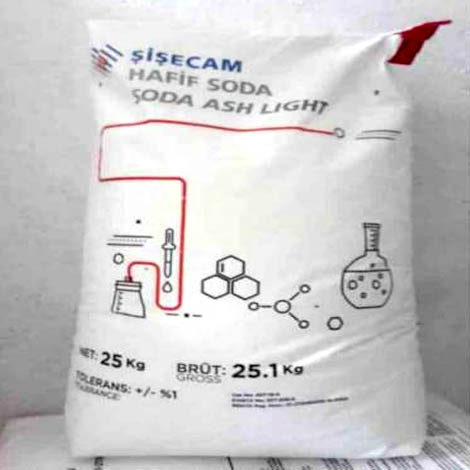

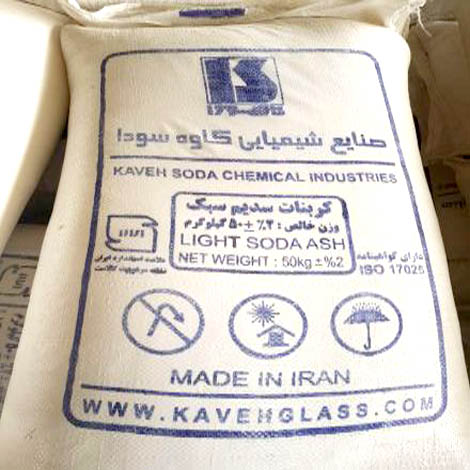
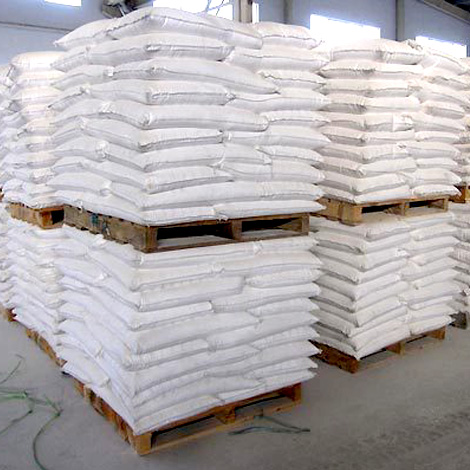



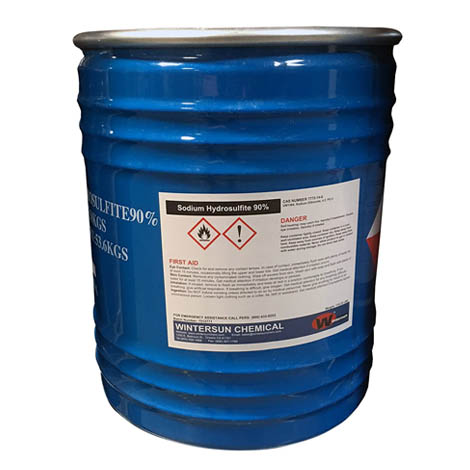
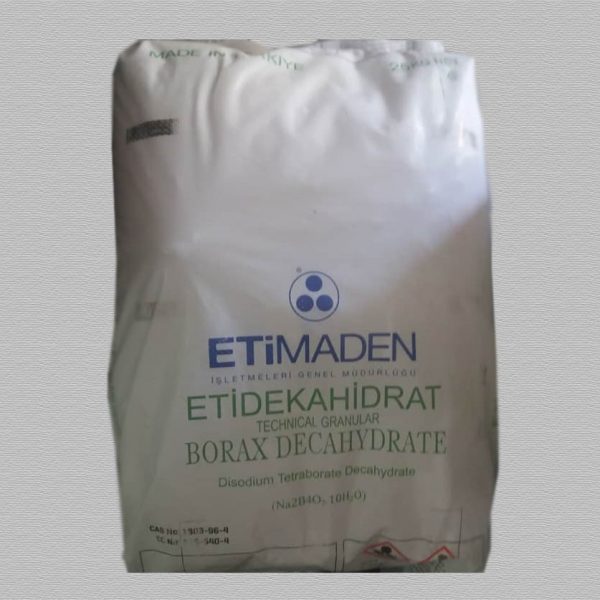

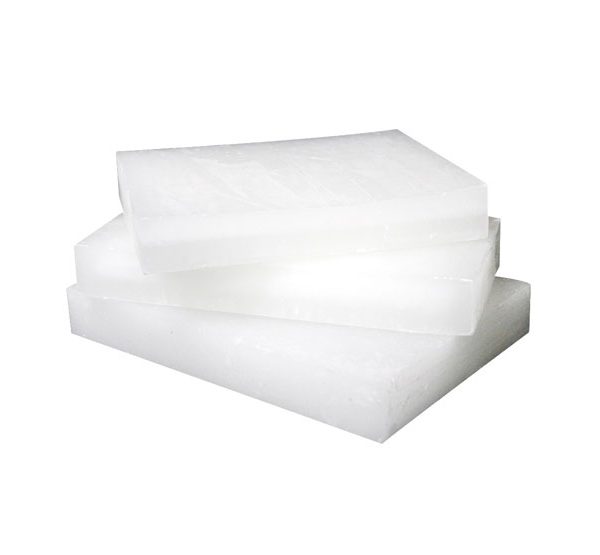
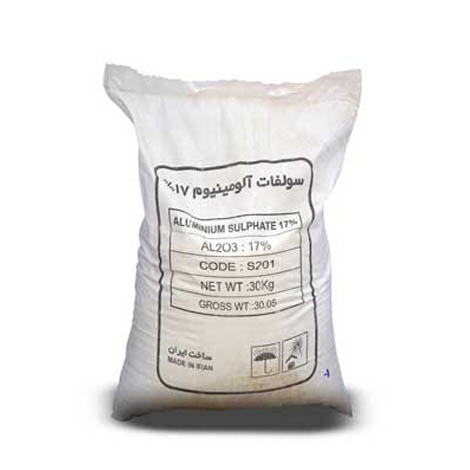


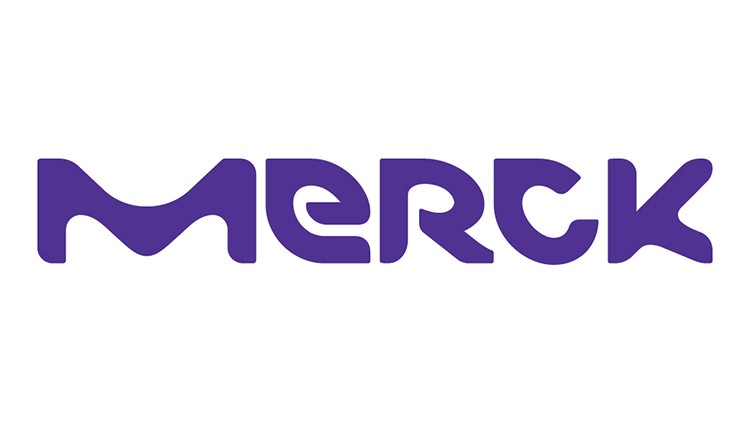

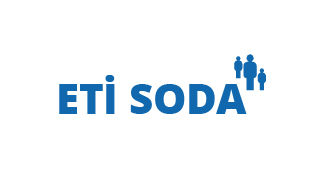
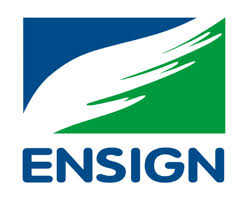


Reviews
There are no reviews yet.